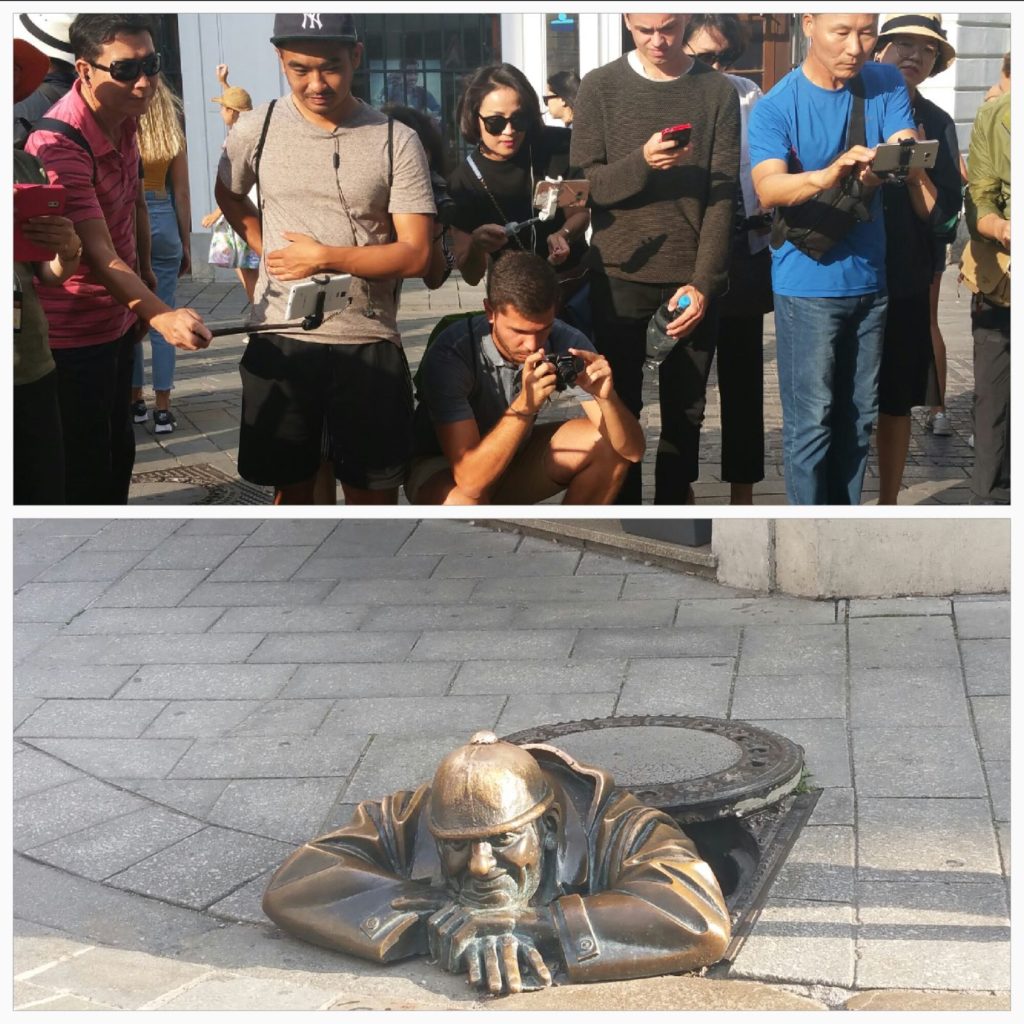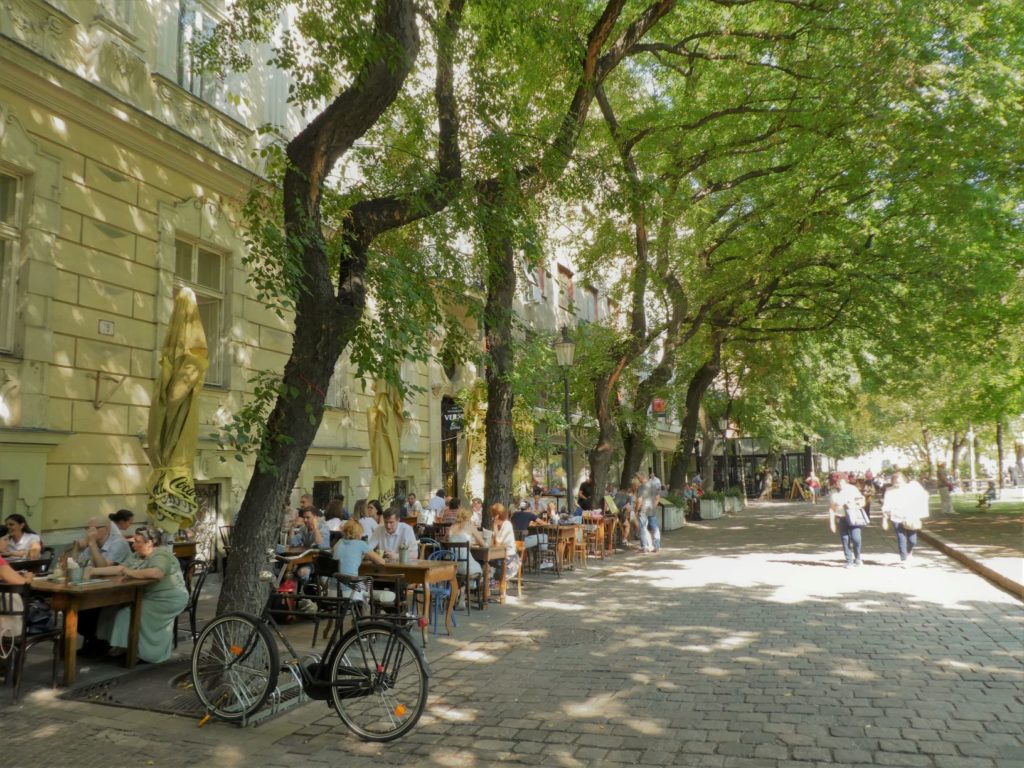
After two days in cosmopolitan Vienna, arriving in Bratislava in Slovakia (not Slovenia!) feels like being in a city where you can manage to get an overview within two days again. With less than half a million inhabitants, Bratislava is one of the smallest capitals of Europe. Bratislava – although not an OWHC city itself – is located between Vienna and Budapest and definitely worth a visit. The capital center of the only 25-year old country Slovakia is unhurried and rich of history and spots to discover.
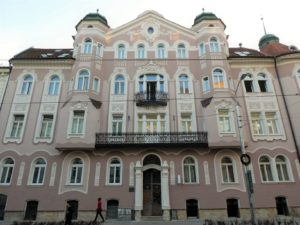
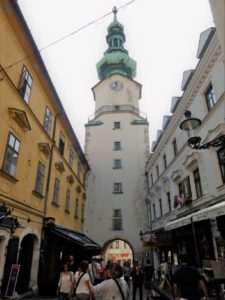
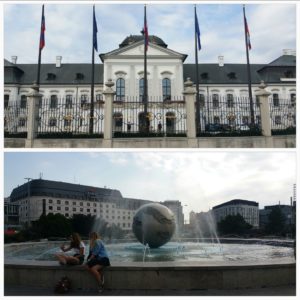
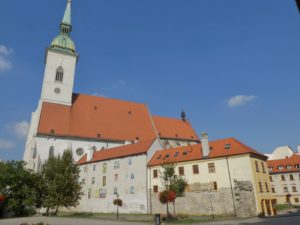
One must-see is the over 1000-year old Bratislava Castle with its beautiful baroque garden that invites to have a rest. It is understandable why the castle is located on that rock since the view over the Danube and the surrounding land reaches to the next border.
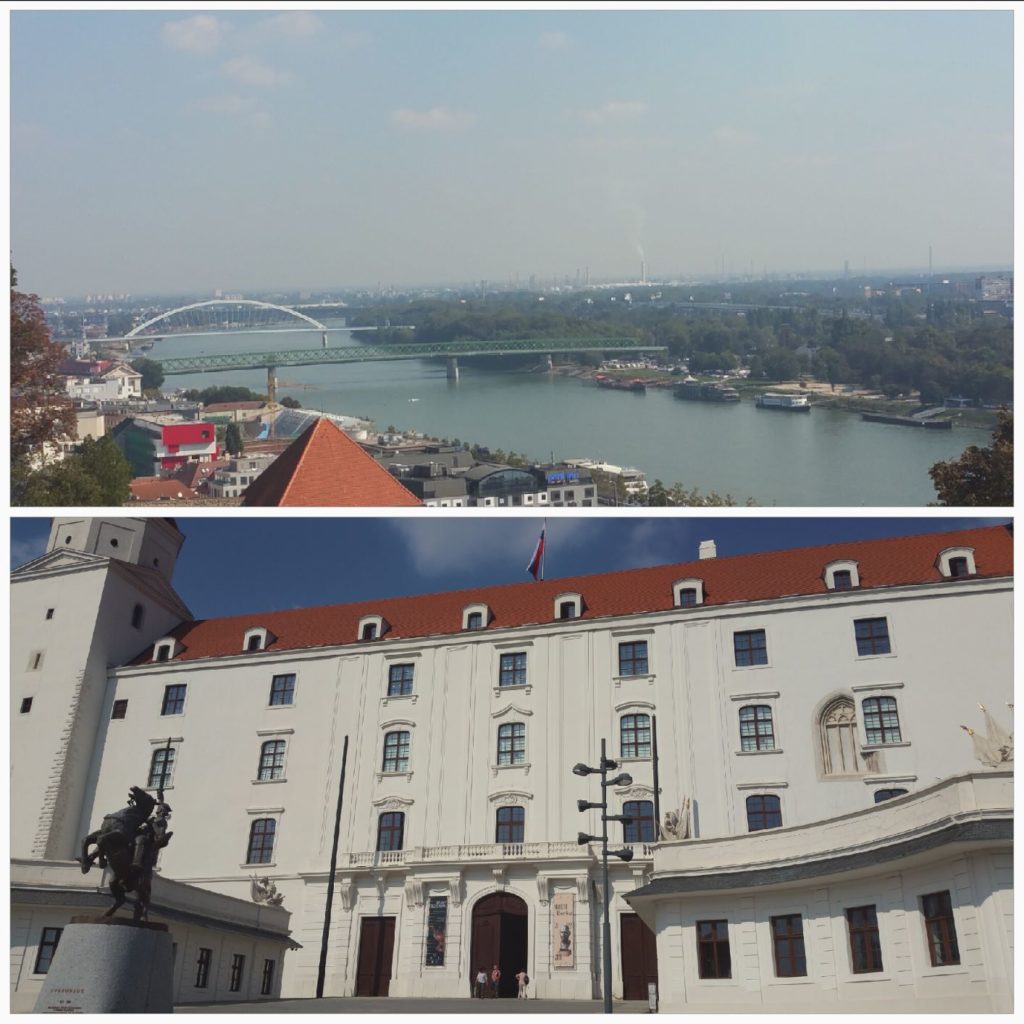
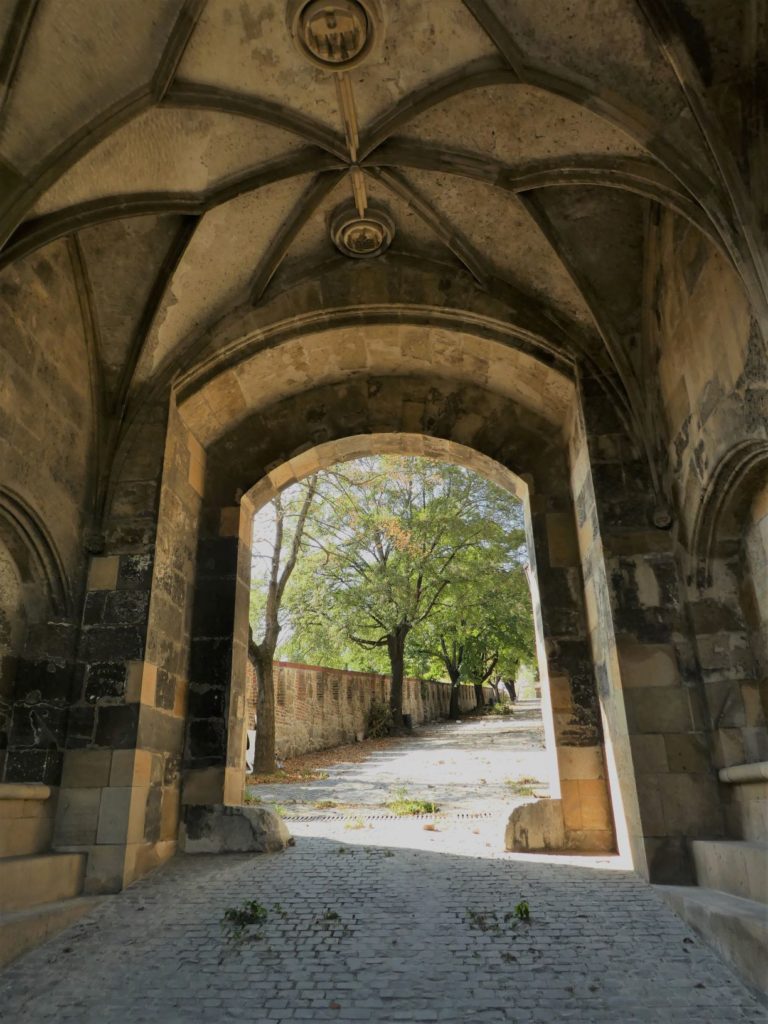
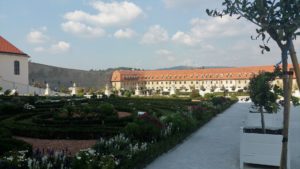
Wherever you are, Bratislava is always worth a turnaround for two perspectives. We spoke with three inhabitants in little interviews and we completely agree with their description of their hometown as small, warm, chaotic and developing. Interestingly, the city administration´s unequal distribution of attention and financial investment for the benefit of the supposing attractive city´s core was pinpointed. In our opinion, this could also be valid for the other touristic cities, especially those with UNESCO label. This emphasizes two perspectives and the city´s dilemma: on the one hand it is beneficial and worth it also in educational manners to share the city and its important sites and heritage with as many people as possible. On the other hand, the catching of tourist´s attraction with special offers, banners, and adjustments of course also shapes and changes the city and therefore probably undermines the original reasons why tourists came.
However, in Bratislava we found lots of charming spots to discover – of course the classic tourist sightseeing musts, but also back streets with lovely cafés and small innovative shops.
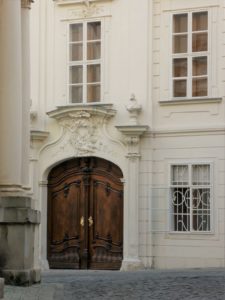
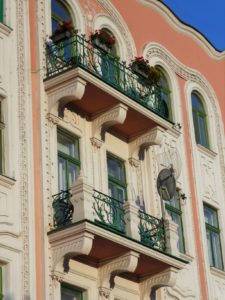
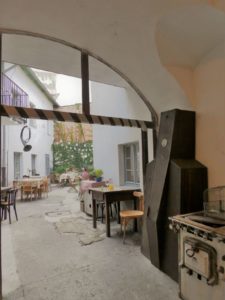
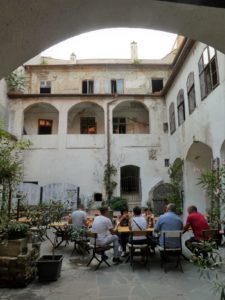
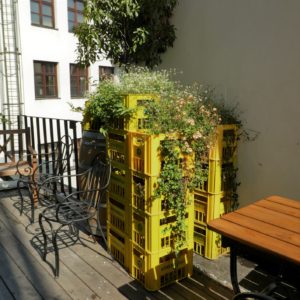
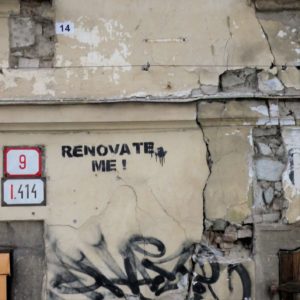
Bratislava has not only those little treasures to offer but also some curiosities.
The Church of St. Elizabeth, better know as Blue Church, is a in catholic church of the early 20th century, hided in residential area and therefor hard to discover. Not only its walls and mosaic decoration, but also the roof and major parts of the interior is completely blue. When turning the corner, we found that this buildings seems to be a little unreal in its surrounding of prefabricated buildings, more like a forgotten piece of a Disneyland.
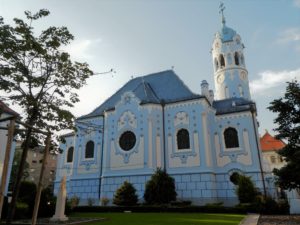
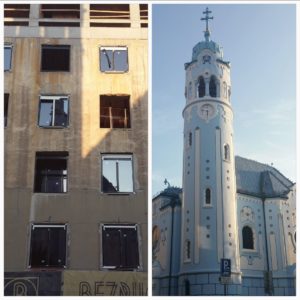
Another curiosity is the bronze statue of the Man at Work Čumil (“watcher”). Nobody knows if he is either there because he just finished cleaning the sewer, looking under women´s skirts or slowing down traffic – but Čumil has lost its head twice already since to inattentive drivers. It was almost impossible to spot the statue in the heart of the tourist crowd and truly impossible to get a picture without any other tourist.
